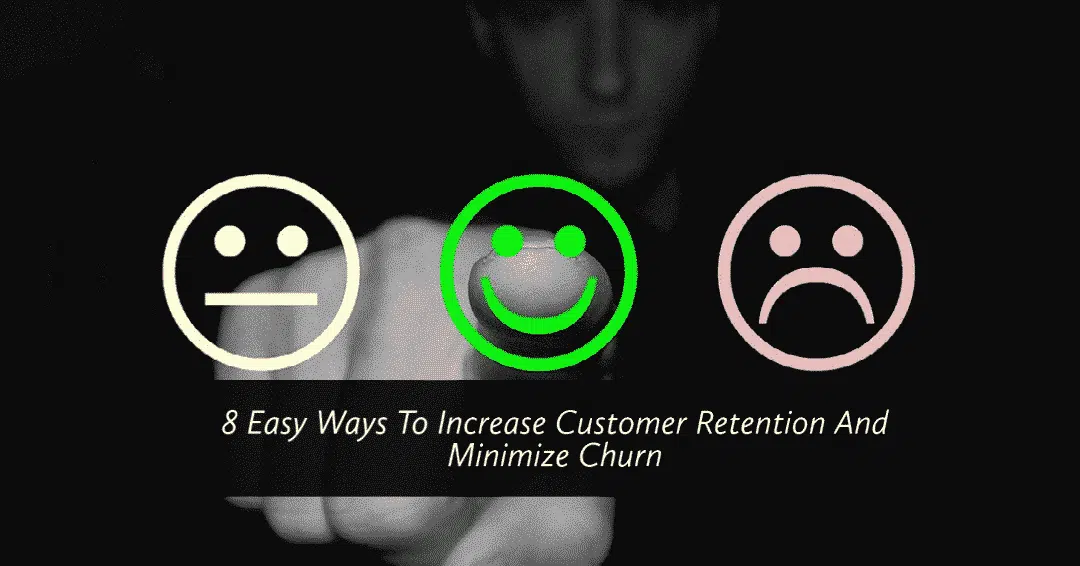Are your blog posts struggling to engage your audience? Instead of comments and shares, is your content sitting online gathering pixel dust? If no-one is reading your content, it can be quite disheartening, and it may seem like there’s nothing you can do.
To help you find out where you’re going wrong, we’ve highlighted some of the most common reasons why people aren’t reading your content — and what you can do to fix it.
You’re not delivering value in your blog
Ask someone what the backbone of content marketing is, and you might get a variety of different answers. But for this writer (and Google itself!), it’s about delivering value. When someone searches the web for something, they want something that will provide what they need.
Take a long hard look at your content. Does it offer actionable tips? Does the reader receive useful insights? If this isn’t the case, then you need to reevaluate your content and consider how what you produce can address the needs of your readers.
How to fix it
You don’t need to be a mind-reader to find out what your readers want. When your keyword research your posts, the phrases that are thrown up can provide you with an insight into what your audience is after. For example, keyword research into a cupcake brand might also return related searches about cupcake recipes for Halloween. Using keywords for content ideation is a handy trick that is guaranteed to provide you with accessible and valuable content.
Your blog is too broad
It can be tempting to try to cover all the bases when it comes to writing content. Catering for every interest under the sun means more people will read your blog, right?
Wrong.
By trying to write for a broad spectrum of topics and interests, you’ll stretch yourself too thin. As a result, your blog will become diluted, losing its focus and in turn losing its audience. An unfocused blog means only some of your readers will appreciate your posts, and even then for only some of the time. The more focused your blog, the faster your site will grow.
How to fix it
Categorize each of your blog posts by a distinct theme. If you find your categories start to number in the double digits, then it’s time to reposition your blog. Look at your business and think about what you know best, then start creating content that occupies that niche. It’ll feel daunting at first, but when you establish yourself as a one-stop-shop for everything in your niche, you’ll see higher engagement with your posts in no time.
You’re not promoting yourself enough
In the world of business, it’s okay to toot your own horn. In fact, it’s encouraged! So if you’re still being reticent with your marketing in 2020, you’re doing yourself — and your business — a disservice.
Unfortunately, the Field of the Dreams marketing strategy of “if we build it, they will come” doesn’t work in today’s digitally-driven world. To get posts seen and read, marketers need to promote themselves across a variety of channels. While this includes social media sites like Facebook and Twitter, it also means sharing your posts with your email subscribers as well.
How to fix it
Sharing and coordinating posts across a range of digital channels used to be a taxing affair, but with the arrival of marketing automation, it’s a breeze. Use an automation tool like Sendible or Buffer to quickly and easily share your posts across social media and email, scheduling them in advance to stay on top of your game.
And when it comes to promoting yourself, guest posting is always a useful way of driving up traffic to your site. Reach out to bloggers or marketers within your industry niche and offer them some free content in return for a post on your site. You get a backlink and some brand exposure from them, and they receive a ready-made piece of content to fill up their editorial calendar. It’s a win-win!
Your blog is not mobile-friendly
It is estimated that in 2019, 63.4% of the global mobile phone-using population will access the internet from their phone. As well as offering a fascinating insight into how vital our phones are in this digital age, it also serves as a reminder of the importance of managing a mobile-friendly website.
The fact of the matter is this: if your website is not optimized for a mobile device, visitors to your site won’t stick around. A site whose design doesn’t collapse easily for a mobile experience will lose traffic rapidly. If you’re guilty of this, then it could be the reason why your posts aren’t getting read.
How to fix it
If you’re running an e-commerce business using an online shop creator such as Shopify, don’t fret: most e-commerce builders come with a range of blog designs that are responsive and collapse easily, even if you’re using the free options. However, if you’re using a theme designed by a third party, it’s worth testing it to make sure it’s doing your site — and your posts — justice.
It is possible to test your site with a free tool such as Google Search Console, which certainly works in a pinch. But the best way to make sure you’re up to scratch is to simply access it from a mobile or tablet device. If it’s not working for you, you need to take steps to remedy it immediately.
If your content is getting read, it’s fulfilling its purpose. Follow the tips outlined above and reevaluate your content thoroughly, and you’ll see your post engagement rise and rise.





